January 2021

January 2021
Public bathhouses, especially those snuggled in old-fashioned alleyways, once acted as a site of local engagement. Reborn as a site of artistic exchange in place of the more casual happenstance of its prior times, Haenghwatang continues to host meaningful interpersonal exchanges.
![]()
Written by
Kim Jane, features editor
Photographed by
Studio Kenn
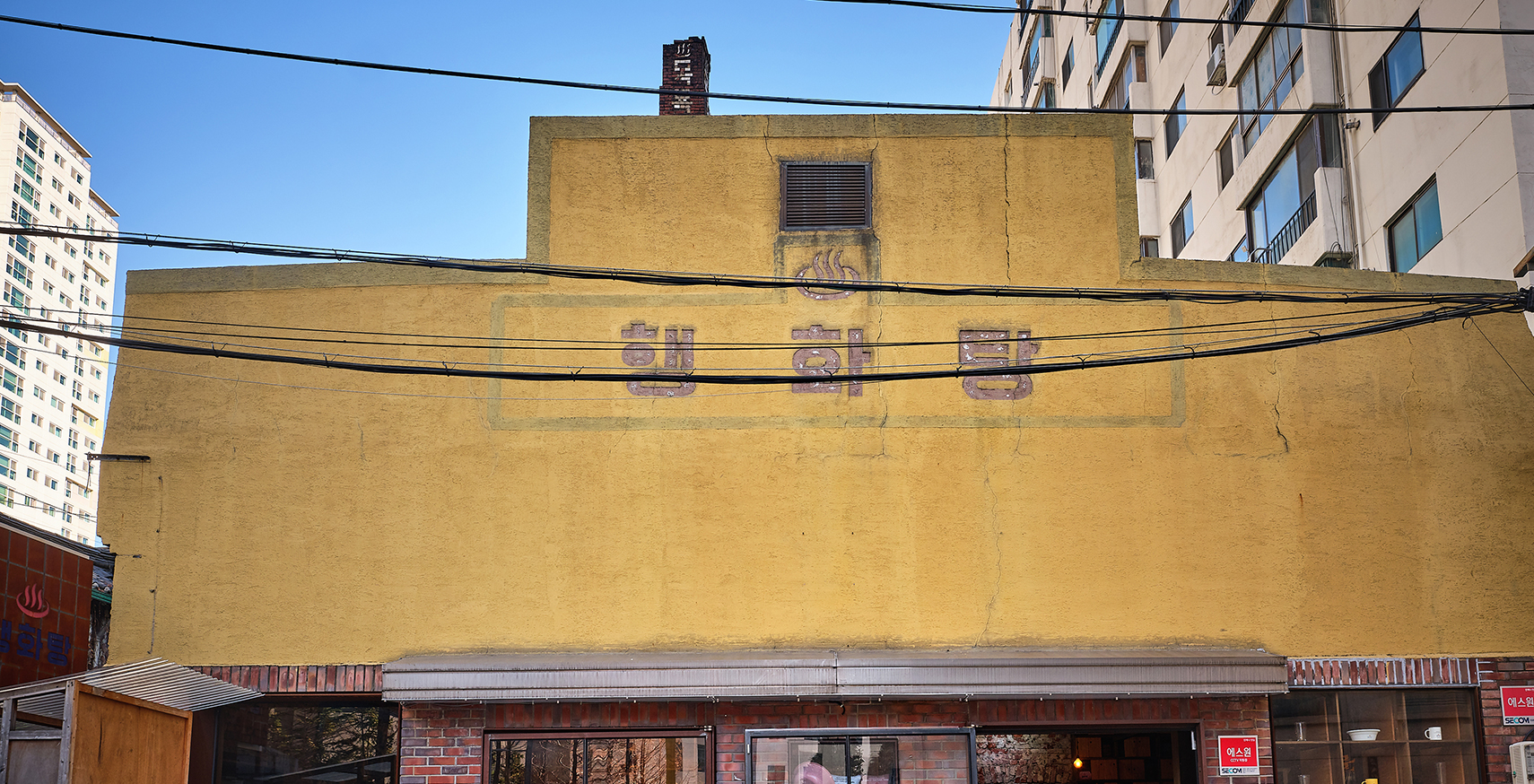
Besides hosting and sharing performing, musical, visual and installation arts of multiple forms and genres, Haenghwatang is also a cafe with shelves decked out with eclectic vintage merchandise, playful miniature goods and catchy posters flaunting inventive drink options. This art space and cultural complex that used to be a sauna is run by Seo Sanghyeok, who takes on the roles of creative producer, creative director, operational manager and co-founder. Through these roles but more importantly his core identity as a lifelong bohemian, Seo is a jack of many trades.
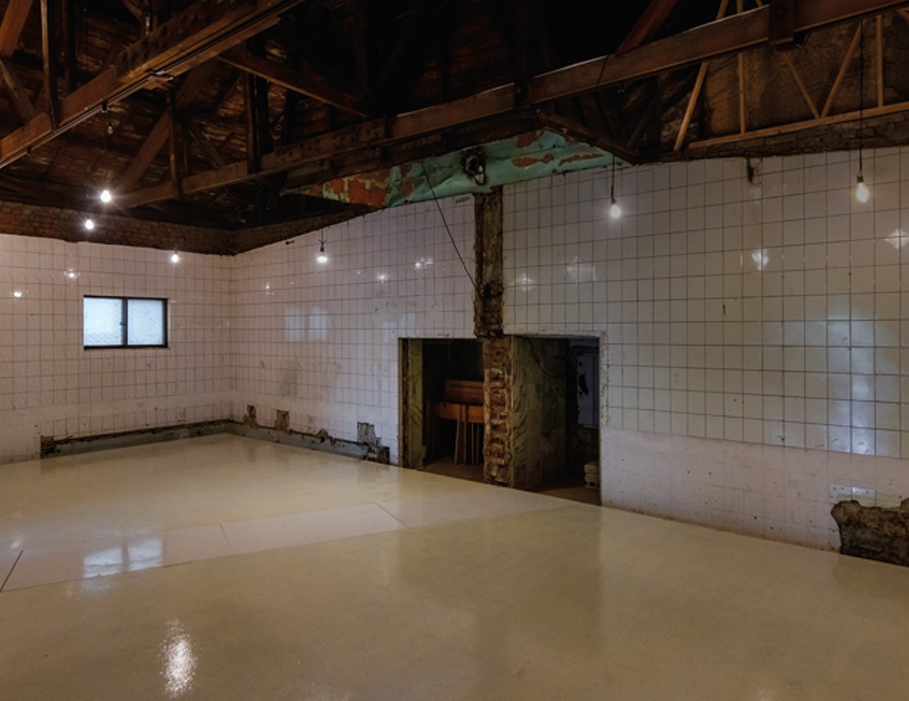 Haenghwatang is a cafe with shelves decked out with eclectic vintage merchandise,
Haenghwatang is a cafe with shelves decked out with eclectic vintage merchandise,
playful miniature goods and catchy posters.
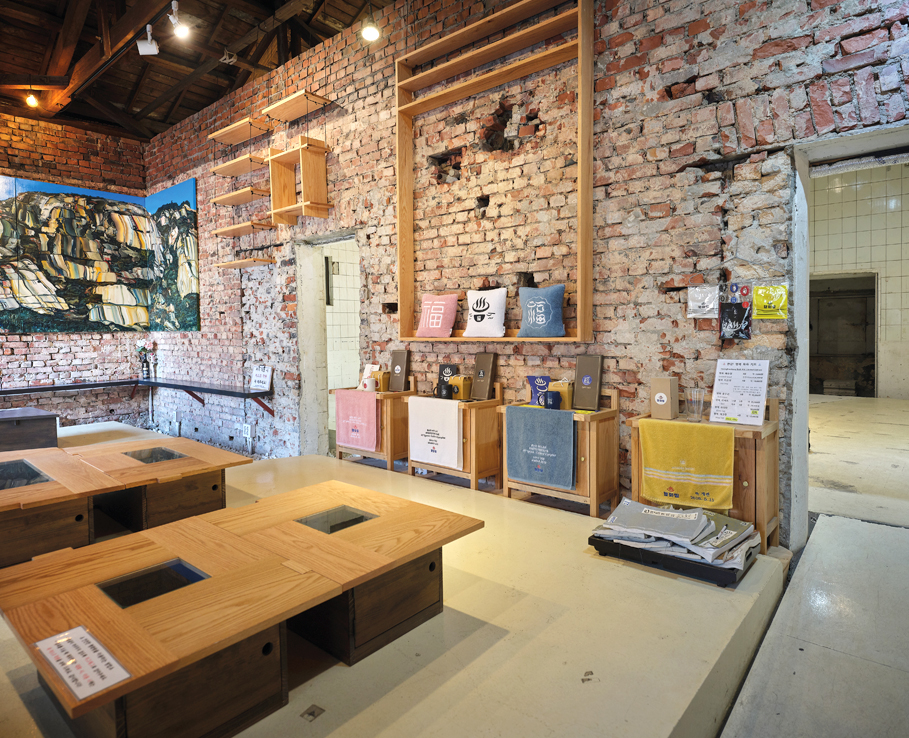 The National Folk Museum contains archives showing how the (bathhouse) site had once looked like. Both were taken in 2007.
The National Folk Museum contains archives showing how the (bathhouse) site had once looked like. Both were taken in 2007.
“Engaging in varied roles only requires that I stay attuned to the different contexts and what I can offer each, whether to the collaborators involved or the mission to accomplish,” he said. “Likewise, we operate as a so-called content lab because the term laboratory suits the experimental spirit of how we tend to the arts and our projects.”
While speaking, his behavior makes it apparent that his agile mindset stems from a sensitivity to inclusivity. He said he applies his bohemian nature and mindset to the site where he spends a portion of his work day. “It’s only natural for me to personify the structure and space in referring to it. The building has evolved, as too has its neighborhood through Ahyeon-dong’s (a neighborhood in western Seoul) redevelopment processes and shifting to cater to its guests in commercial or artistic ways or both.”
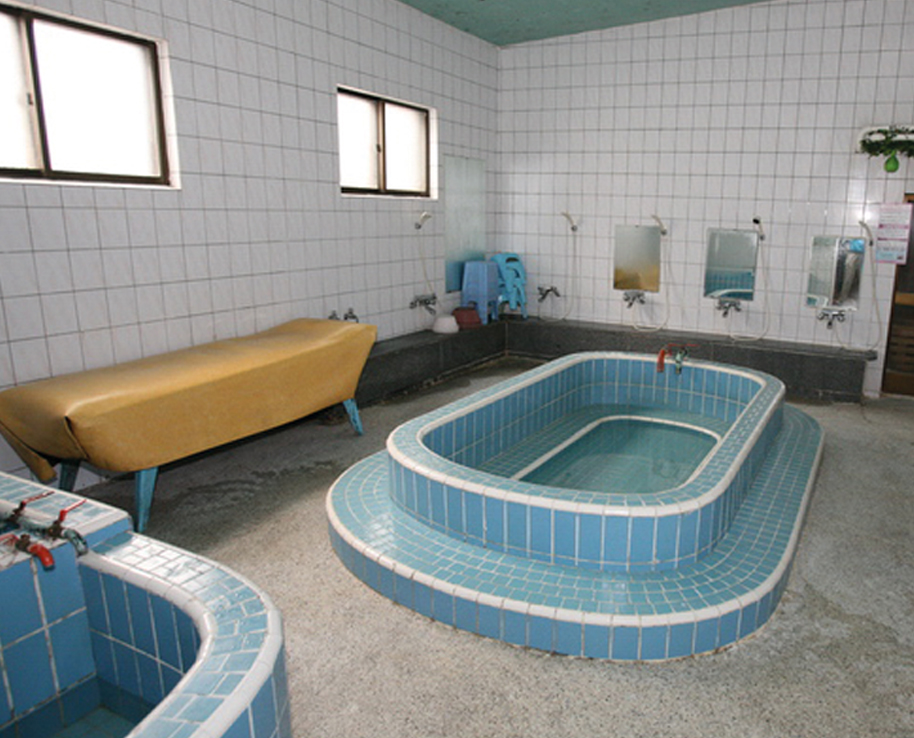 The National Folk Museum contains archives showing how the (bathhouse) site had once looked like. Both were taken in 2007.
The National Folk Museum contains archives showing how the (bathhouse) site had once looked like. Both were taken in 2007.
© National Folk Museum
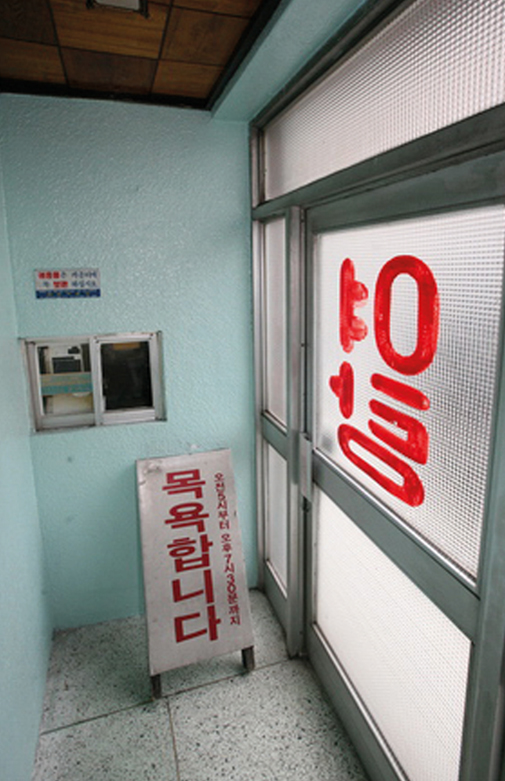 The National Folk Museum contains archives showing how the (bathhouse) site had once looked like. Both were taken in 2007. © National Folk Museum
The National Folk Museum contains archives showing how the (bathhouse) site had once looked like. Both were taken in 2007. © National Folk Museum
In this space, I want everyone to experience
greater relief and a looser pace of time.
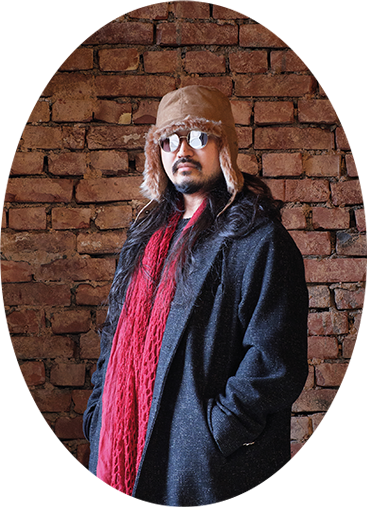
Conversation with
Seo Sanghyeok
QExplain the catchphrase “Shower in Art” on your signage.
Art provides a blissful occasion whether the experience is shared or indulged in alone. Immersing oneself in all forms of art is a refreshing fuel to feel energized and recharged to tackle whatever tasks await us. I suppose the concept of “blissful immersion” formed a connection to showering imagery.
QWhat do you hope visitors remember at Haenghwatang?
Like disrobing to bathe, I hope that they cast aside their burdens. I want Haenghwatang to help people feel able and secure enough to enjoy themselves without being weighed down by their daily responsibilities. With the speed of urban and modern life, we hardly give ourselves the chance to let go, relax and take a deep breath. In this space, I want everyone to experience greater relief and a looser pace of time.
QHow did you think of Haengh- watang’s operational concept?
It’s been an evolutionary process. The cafe part, for instance, was added later, primarily out of necessity for its commercial aspect. It was also natural to add it since as my work studio is my venue for hosting get-togethers and meetings. Much collaboration, especially in arts and event planning, revolves around roundtable discussions. I remain flexible in the ways I utilize the space.
 Taken in 2017, the space for exhibitions was formerly a boiler room for heating up the bathhouse waters. © Festa Planet / A signature menu of Haenghwatang (cafe) is haenghwa (apricot) tea. © Festa Planet
Taken in 2017, the space for exhibitions was formerly a boiler room for heating up the bathhouse waters. © Festa Planet / A signature menu of Haenghwatang (cafe) is haenghwa (apricot) tea. © Festa Planet
The next owner of a former public sauna turned art space is a proud keeper of an authentically Korean, thoroughly ethnic and traditional genre of folk art. The newest identity and occupant of Seoul’s oldest bathhouse, Gallery Joseon Minhwa has been recent renovated from what had previously been a product design showroom.
![]()
Written by
Kim Jane, features editor
Photographed by Studio Kenn
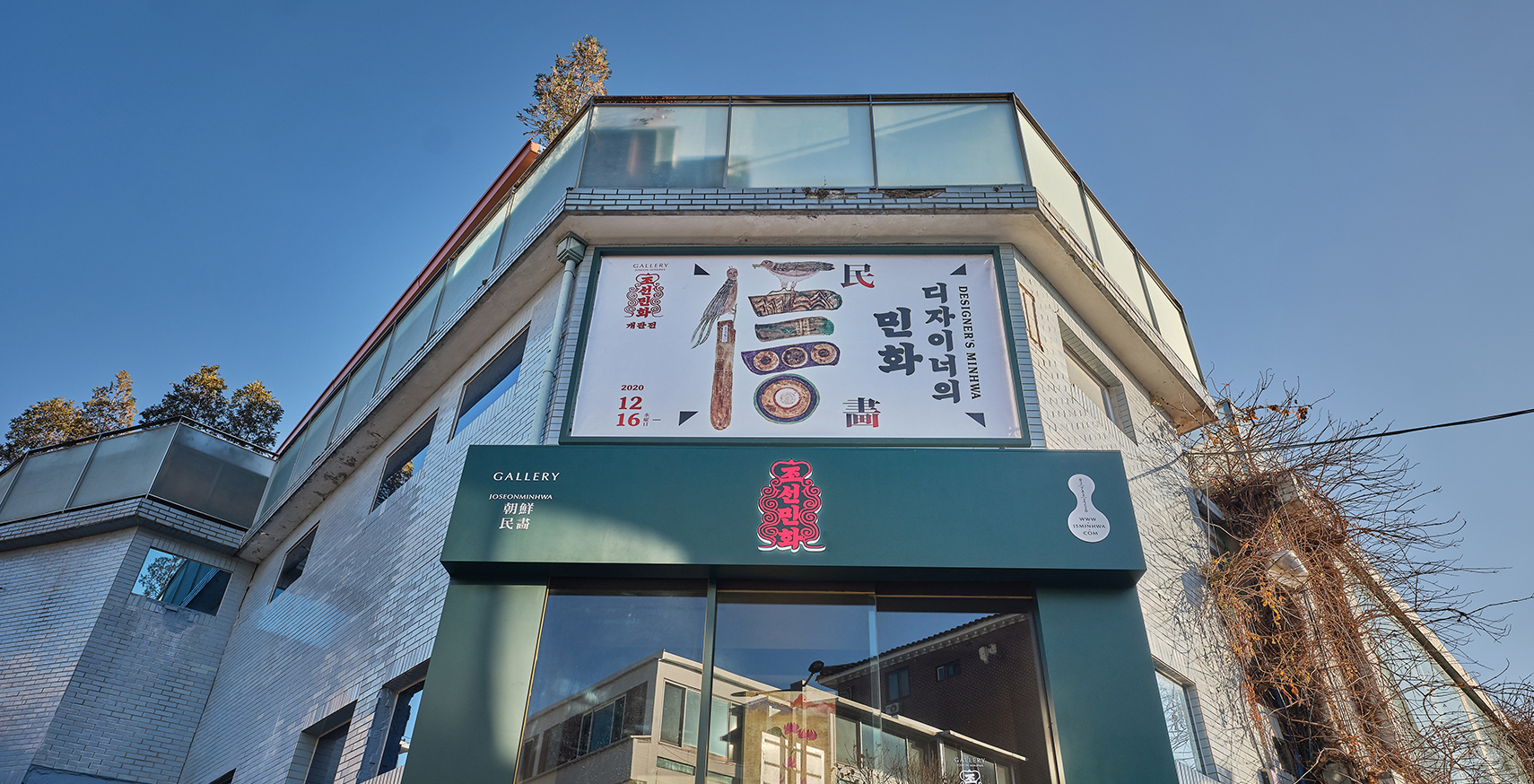
The next owner of a former public bathhouse turned cultural space is a graphic designer by trade and impassioned propagator of Joseon-style minhwa, or traditional folk art produced by itinerant or unknown artists with no formal training. Lee Se-young, whose newly refurbished gallery reopened on Dec. 16, 2020, after months of exterior and interior construction for housing his invaluable minhwa collection and sharing the space, is CEO and founder of Nabi, a word that means “butterfly” in Korean. A design company focused on bringing out the best of what is most authentically Korean, Nabi’s vision and mission are aligned with the fascination that got him hooked on hyeokpil-hwa, a subgenre of minhwa, at first sight.
 Though thoroughly transformed,both the gallery’s exterior and interior retain a
Though thoroughly transformed,both the gallery’s exterior and interior retain a
resemblance to its previous structure. © writerha
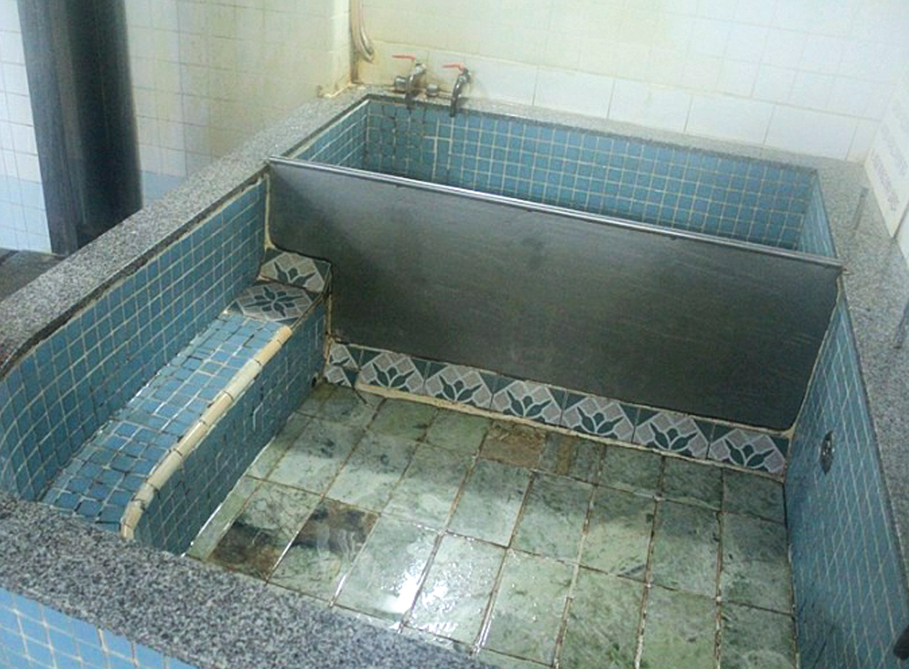 Though thoroughly transformed,both the gallery’s exterior and interior retain a resemblance to its previous structure. © writerha
Though thoroughly transformed,both the gallery’s exterior and interior retain a resemblance to its previous structure. © writerha
“I was spellbound,” he said of the moment he first saw hyeokpil-hwa. “The rapid brushstrokes and the quick, enchantingly beautiful process of hyeokpil-hwa being created… I still relive that moment, over and over again. Those few seconds, a minute at the longest, definitively changed me.”
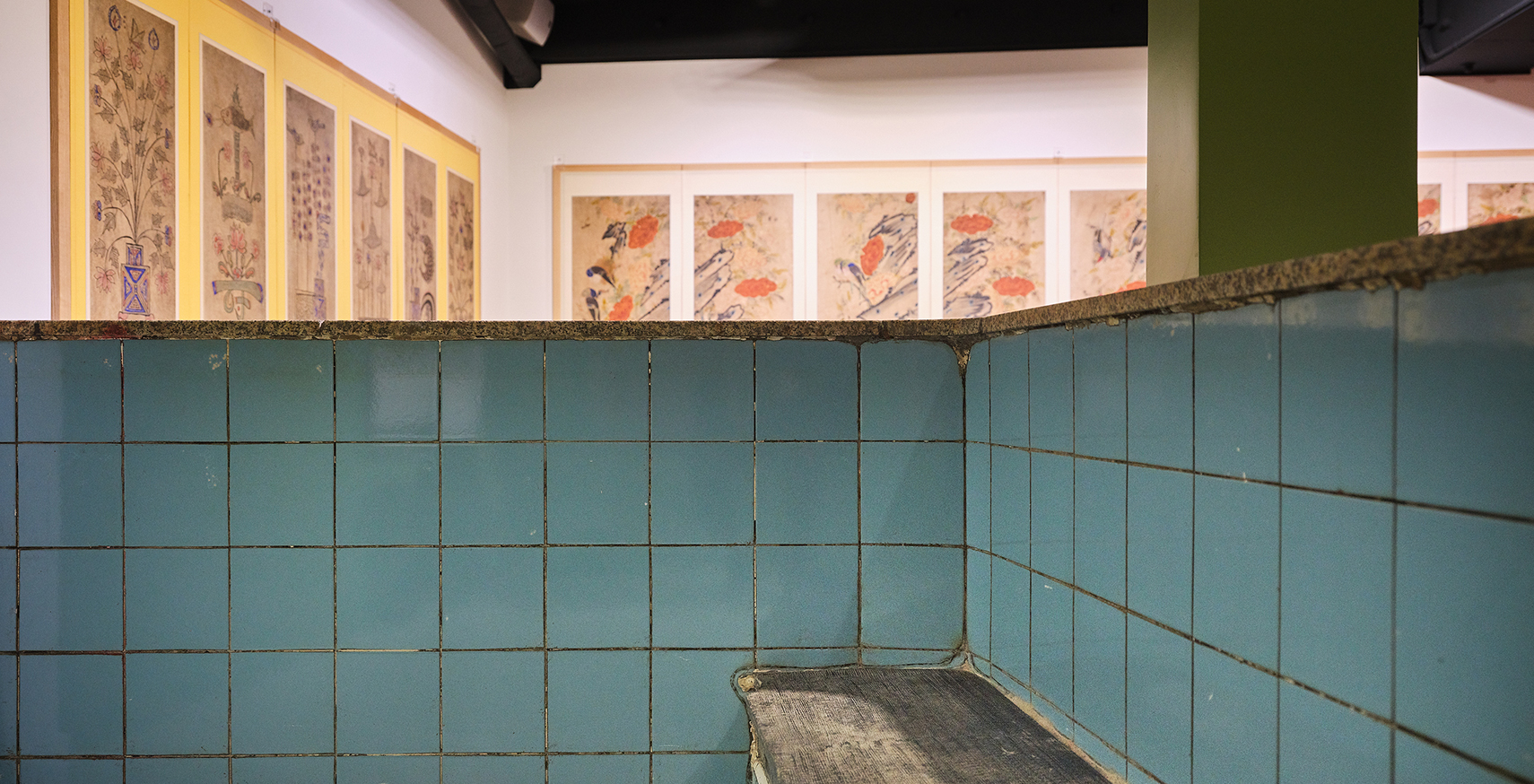
He then began stubborn efforts to bring minhwa more into the limelight for public, artistic and academic exploration and appreciation. He said he is amazed how little recognition there is in Korea of the astounding quality of ancient Korean folk paintings and typographic works. Citing modern artists like Jang Wookjin and photographer Kim Ki-chan, he said, “It’s no coincidence that they cherished and derived inspiration from minhwa. It goes without saying that great art is capable of sparking imagination, sensitivity and artworks from great artists.”
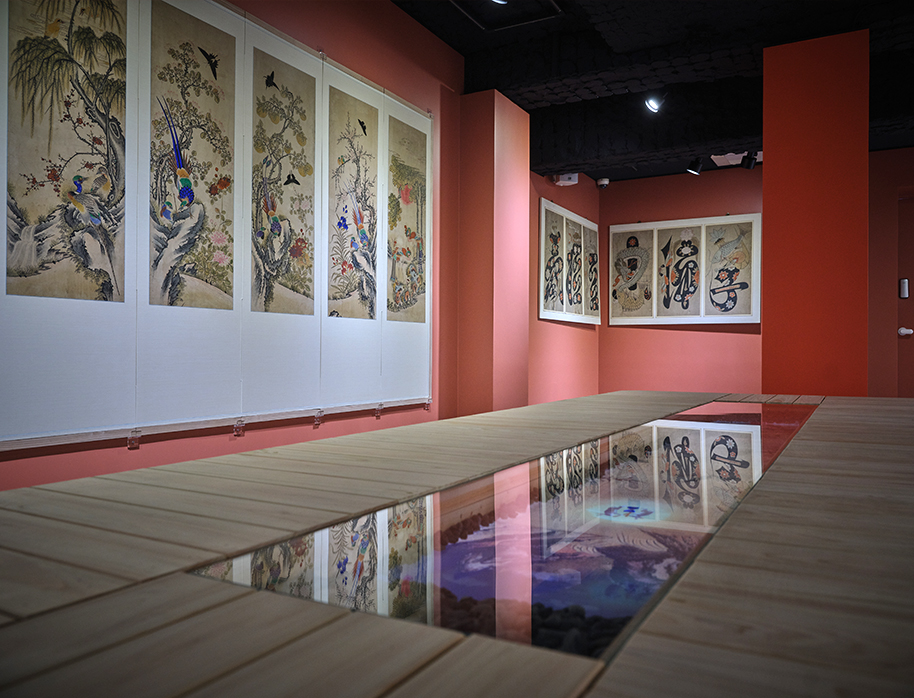
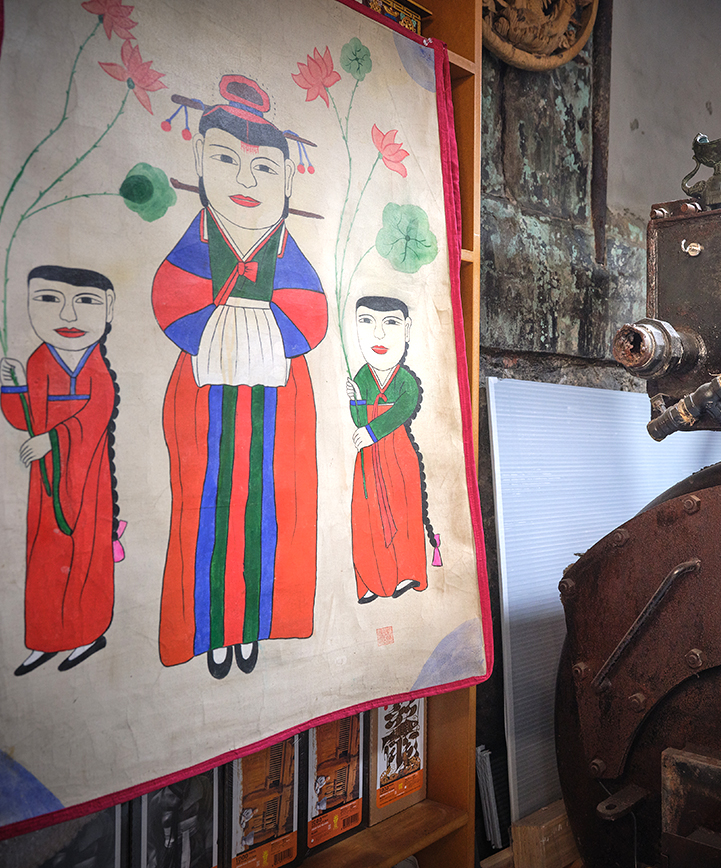
On how he gets inspiration, Lee is quick to say, “It’s never been for me a matter of finding a ‘spark’ as many expect. There is no such thing. Instead, the closest feeling I can testify to resembling inspiration is that borne of intense grit. I’m talking long hours of laborious work, pushing yourself until you physically can’t do it anymore and then entering a state of complete immersion.”
Quintessence of ‘authentically Korean’
design; the most inventive byproduct of
our ethnic and cultural heritage.

Conversation with
Lee Se-young
QWhy did you name your company Nabi?
Apart from being one of my favorite symbols that makes frequent appearances in hyeokpil-hwa was well as minhwa, the term “Nabi,” in its connotation of the “butterfly effect,” denotes infinite possibilities. Joseon-style minhwa, considering its surreal quality and how much of it is untapped, simply overflows with room for greater engagement and further examination of the artistic
QWhat about minhwa draws you to it?
Two things. First, it’s the epitome, the origins of ‘typography’ and graphic art. My professional engagement in the visual arts has always been about the essence of melding design onto letters and imbuing symbolism in graphic artworks. Second, minwa is the quintessence of “authentically Korean” design. I readily claim that minhwa is the most inventive and most creative byproduct of our ethnic and cultural heritage.
QHow long have you pursued your minhwa collection?
More than two decades. Over my three-decade career in graphic art, much of it was spent alongside my side project of collecting this breed of ancient art.
QWas it difficult to sustain both pursuits?
Physical limitations feel secondary when concentrating on something with intensity and inner drive. I am fixated on minhwa.
 Prominent parts of the gallery’s interior are refurbishments of its bathhouse features (the tub on the left, and boiler on the right).
Prominent parts of the gallery’s interior are refurbishments of its bathhouse features (the tub on the left, and boiler on the right).